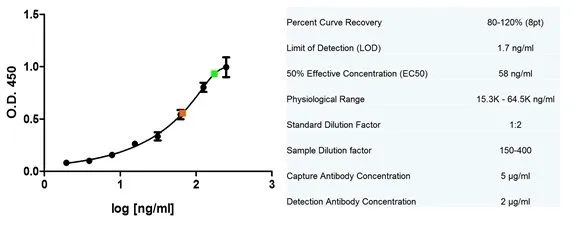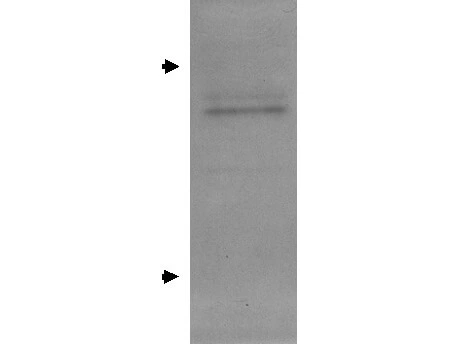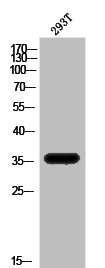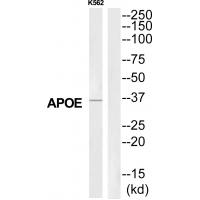![ELISA analysis of human apolipoprotein E protein using GTX42747 Apolipoprotein E antibody [WUE-4]. ELISA analysis of human apolipoprotein E protein using GTX42747 Apolipoprotein E antibody [WUE-4].](https://www.genetex.com/upload/website/prouct_img/normal/GTX42747/GTX42747_92_ELISA_w_23060820_373.webp)
ELISA analysis of human apolipoprotein E protein using GTX42747 Apolipoprotein E antibody [WUE-4].
Apolipoprotein E antibody [WUE-4]
GTX42747
Overview
- SupplierGeneTex
- Product NameApolipoprotein E antibody [WUE-4]
- Delivery Days Customer9
- Application Supplier NoteELISA: 1/100-1/1,000. *Optimal dilutions/concentrations should be determined by the researcher.Not tested in other applications.
- ApplicationsWestern Blot, ELISA
- CertificationResearch Use Only
- ClonalityMonoclonal
- Clone IDWUE-4
- Concentration1 mg/ml
- ConjugateUnconjugated
- Gene ID348
- Target nameAPOE
- Target descriptionapolipoprotein E
- Target synonymsAD2; APO-E; ApoE4; apolipoprotein E; apolipoprotein E3; LDLCQ5; LPG
- HostMouse
- IsotypeIgG1
- Protein IDP02649
- Protein NameApolipoprotein E
- Scientific DescriptionThe protein encoded by this gene is a major apoprotein of the chylomicron. It binds to a specific liver and peripheral cell receptor, and is essential for the normal catabolism of triglyceride-rich lipoprotein constituents. This gene maps to chromosome 19 in a cluster with the related apolipoprotein C1 and C2 genes. Mutations in this gene result in familial dysbetalipoproteinemia, or type III hyperlipoproteinemia (HLP III), in which increased plasma cholesterol and triglycerides are the consequence of impaired clearance of chylomicron and VLDL remnants. [provided by RefSeq, Jun 2016]
- Storage Instruction-20°C or -80°C,2°C to 8°C
- UNSPSC12352203
References
- Apolipoprotein E promotes lipid accumulation and differentiation in human adipocytes. Lasrich D et al., 2015 Sep 10, Exp Cell ResRead more




![ELISA analysis of human apolipoprotein E protein using GTX42745 Apolipoprotein E antibody [WUE-4].](https://www.genetex.com/upload/website/prouct_img/normal/GTX42745/GTX42745_86_ELISA_w_23060820_365.webp)


